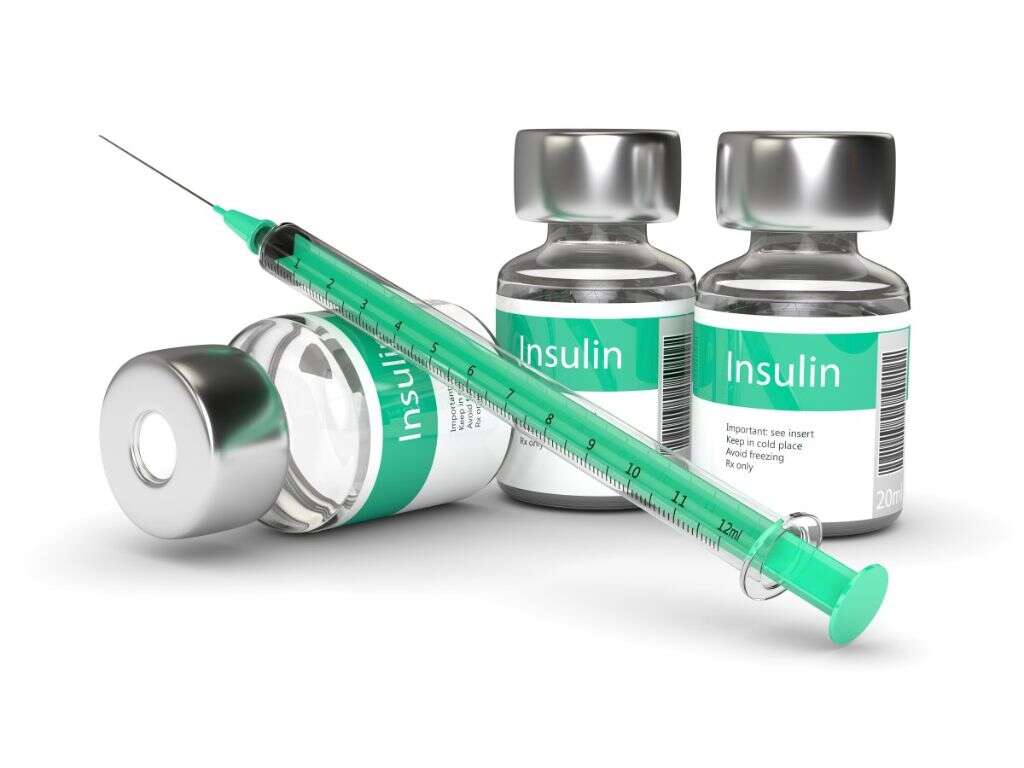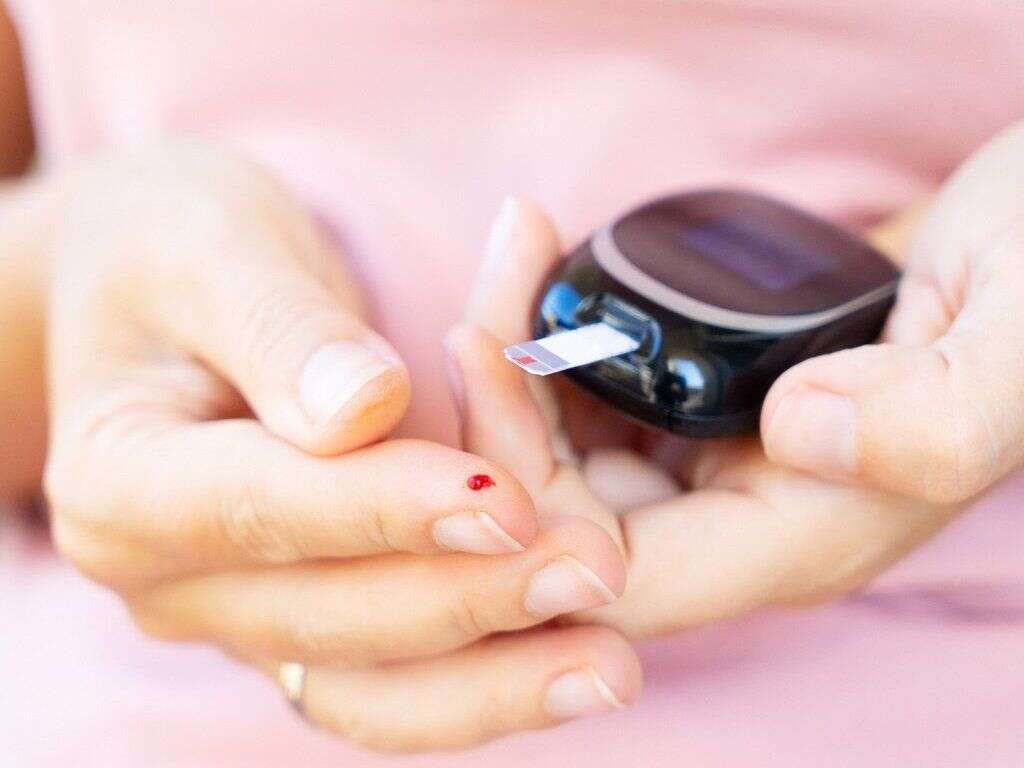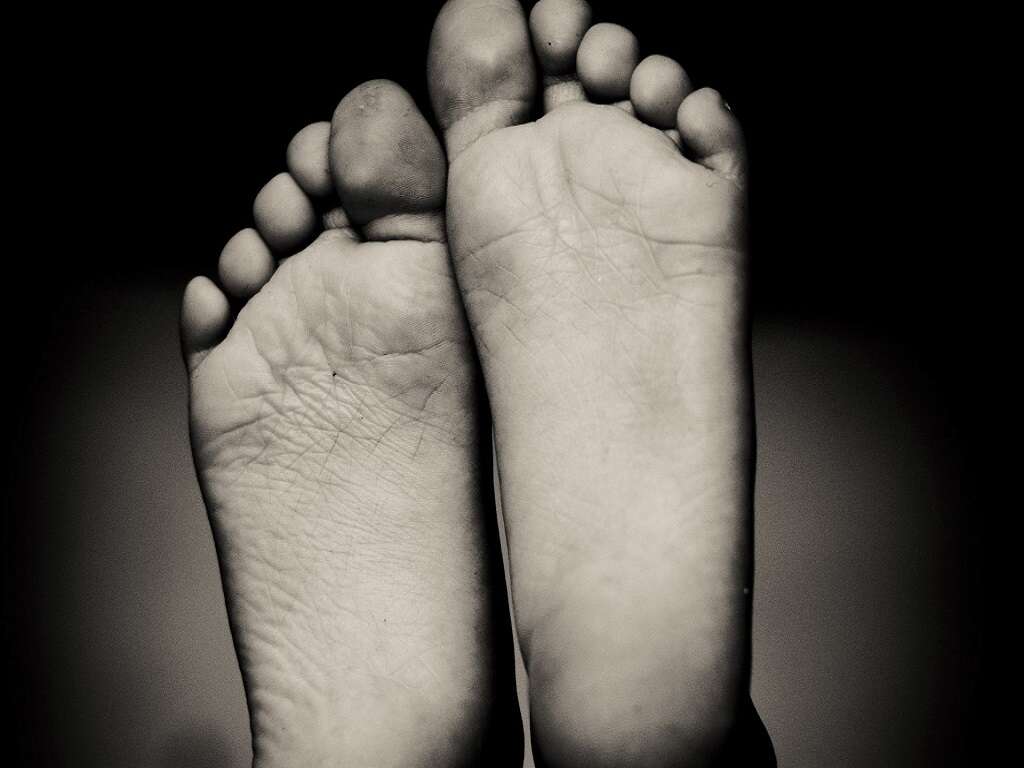Borderline Diabetes Symptoms
Diabetes is a problem worldwide that can have a severe impact on a person’s life. In many cases, however, it is avoidable and is down to the patient having made poor lifestyle choices. Regardless, it is a condition that needs to be taken seriously.
Diabetes causes there to be too much sugar in the patient’s blood-stream. This can cause a number of unwelcome symptoms, and it can even be dangerous for them. Some people will have a higher than usual blood sugar level without having full blown diabetes. This is a condition known as borderline diabetes, and it does have the potential to develop into full diabetes.
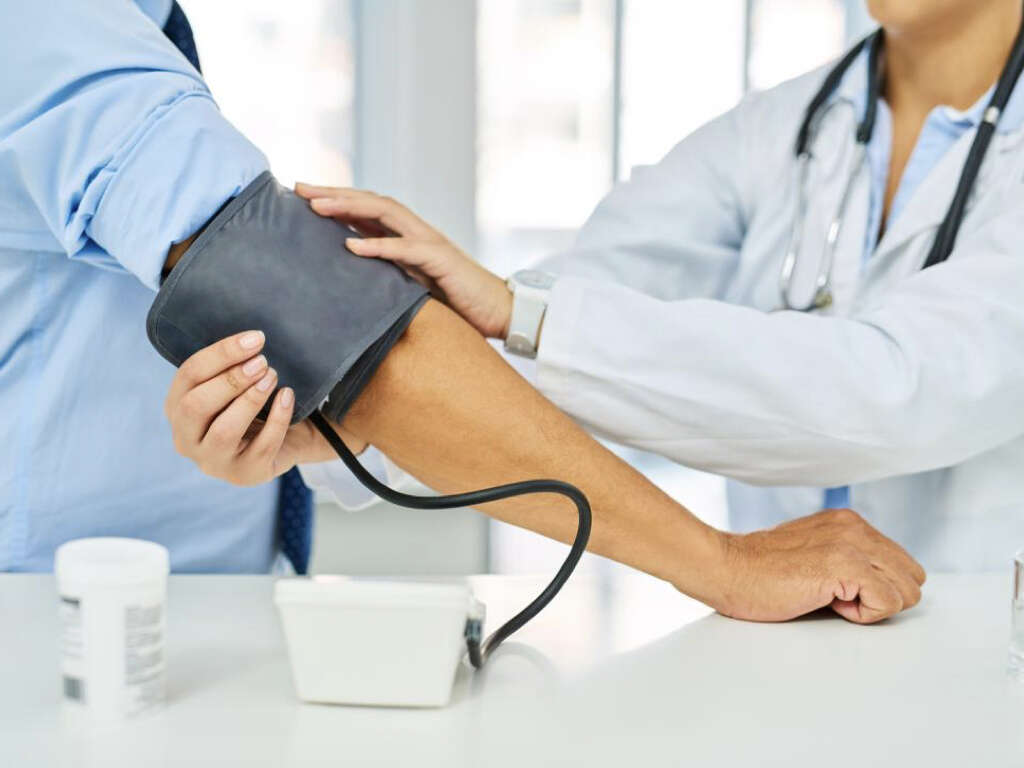
1. Borderline Diabetes
Borderline diabetes, also known as pre-diabetes, basically means that you have more sugar in your blood than you should do. However, the blood sugar levels are not yet high enough to be considered full diabetes. If the condition is not treated, then it may well develop into full diabetes in time.
Just because the condition has not yet reached full blown diabetes, however, does not mean it can be safely overlooked. It can still be causing harm to you in the long term, and it is best to do what you can to reduce the chances of full-blown diabetes from developing.

2. Sugar Processing
Borderline diabetes means that the patient is unable to process the levels of sugar in their blood. Thus, they end up with more sugar in their blood than there should be. The sugar is processed thank to insulin, which is a type of hormone that allows the sugar to be used for energy by our body’s cells.
The main reason for this is that the body becomes desensitized to insulin, so it becomes less effective at processing the sugar. This is a type of diabetes known as type 2 diabetes. Type 1 diabetes is that the patient doesn’t produce the much-needed insulin.

3. Symptoms
People with borderline diabetes will not usually show any symptoms of the condition, so it will often go un-diagnosed – at least until it is too late and type 2 diabetes is confirmed. This makes it a good idea for people to get regular check-ups, especially if they fall under high-risk categories.
One sign that some people with the condition do show is that certain parts of their body will have darkened patches of skin. The affected areas tend to be the armpits, elbows, knees, knuckles, and the neck. It is always a good idea to get unusual skin markings checked out regardless of the suspected cause.
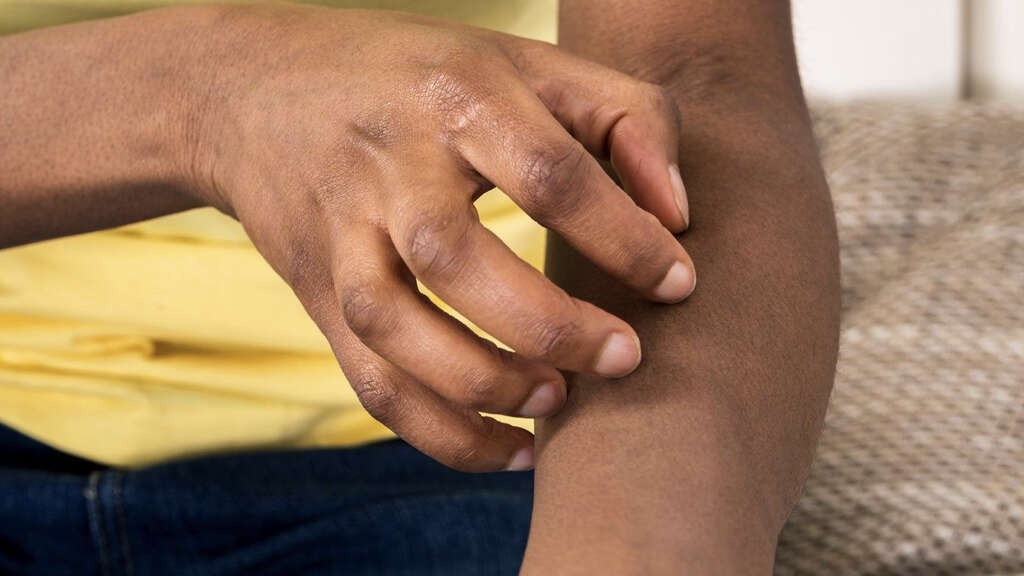
4. Body Fat
In some cases, borderline diabetes seems to be genetic. However, there are other potential reasons behind the condition, and one of these is being overweight. Indeed, being overweight is probably one of the main causes of the condition developing.
A large waist size is a sign that the patient has a resistance to insulin. Having a lot of fatty tissue located around the muscle and skin in the abdomen area can lead to a resistance of insulin. If somebody is overweight then it is a good idea for them to lose weight, and not only because of the risk of borderline diabetes.

5. Lifestyle
Another potential cause behind borderline diabetes is certain lifestyle choices of the patient. This includes a poor diet including a lot of sugary foods, processed meats, and red meats. A lack of healthy foods such as nuts, fruits, and vegetables, are also likely to contribute to increased risk of borderline diabetes.
People with inactive life styles are also more likely to develop borderline diabetes. This is largely because exercise helps to use up excess sugar, as well as reducing the likeliness of obesity. In addition, people that smoke are also at a higher risk of borderline diabetes than other people are.

6. Race
For reasons that are not completely understood, people from particular races are also more prone to developing borderline diabetes. This includes Asians, Native Americans, Hispanics, Pacific Islanders, and people from African origin. People over the age of 45 are also more prone to developing borderline diabetes than other people are.
This does not mean that all people that fit into these categories will develop the condition. It also does not mean that those not in these categories cannot develop it. It is recommended that those that do fall into these categories take extra care to keep themselves in optimal health.

7. Medical Conditions
People that have certain medical conditions are also more prone to borderline diabetes than other people are. Examples include people with a high blood pressure, high levels of HDL cholesterol, and high levels of triglycerides in their body. Women with polycystic ovary syndrome, a condition that causes symptoms including obesity and irregular menstruation, are also at higher risk.
In addition, women that have had gestational diabetes may need regular check-ups to ensure they don’t develop the condition. Another fairly common condition that can lead to borderline diabetes is sleep apnea, which is a condition that causes patients to keep waking at night.

8. Type 2 Diabetes
Not everybody with borderline diabetes will go on to develop type 2 diabetes, but many will, so it is still a good idea to know which signs to look out for. One such symptom is that the patient will often feel hungry because their body can’t get the energy it needs.
They are also likely to feel thirsty more often in an attempt to help flush out some sugar, and this can also lead to them urinating more frequently. The patient can also feel fatigued due to a lack of energy in the body, and excess sugar in the blood can cause damage to the retina. This latter symptom can lead to blurred vision and is a sign that the diabetes is causing serious permanent damage.

9. Complications
If borderline diabetes does develop into type 2 diabetes then there is a chance that some very serious complications can occur. Some of these include high cholesterol rates and high blood pressure. Both of these can contribute to heart disease and strokes.
Type two diabetes can also lead to damage to the kidneys, and the patient’s nerves can also be damaged. As mentioned, vision loss is also a possibility, with the possibility of the patient becoming completely blind. Serious damage to the nerves and body tissues can sometimes result in the need for amputations. Type 2 diabetes can be fatal, so it is a condition that should be taken very seriously indeed.

10. Prevention and Treatment
In many cases, borderline diabetes can be prevented by making certain lifestyle choices. The main ones being to eat a healthy, balanced diet and to try and keep at least reasonably active. Keeping within a healthy weight will help prevent it, and you should also avoid smoking.
Taking good care of yourself can also help prevent borderline diabetes from developing into type 2 diabetes. If the patient does develop type two diabetes then they would have to be careful to help ensure their blood sugar levels do not go too high. This often means using insulin, while also avoiding food that can cause rises in blood sugar levels.








